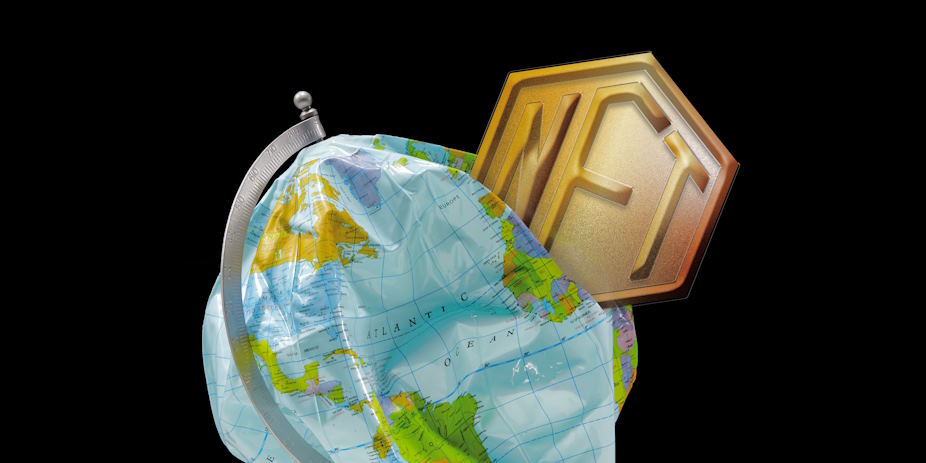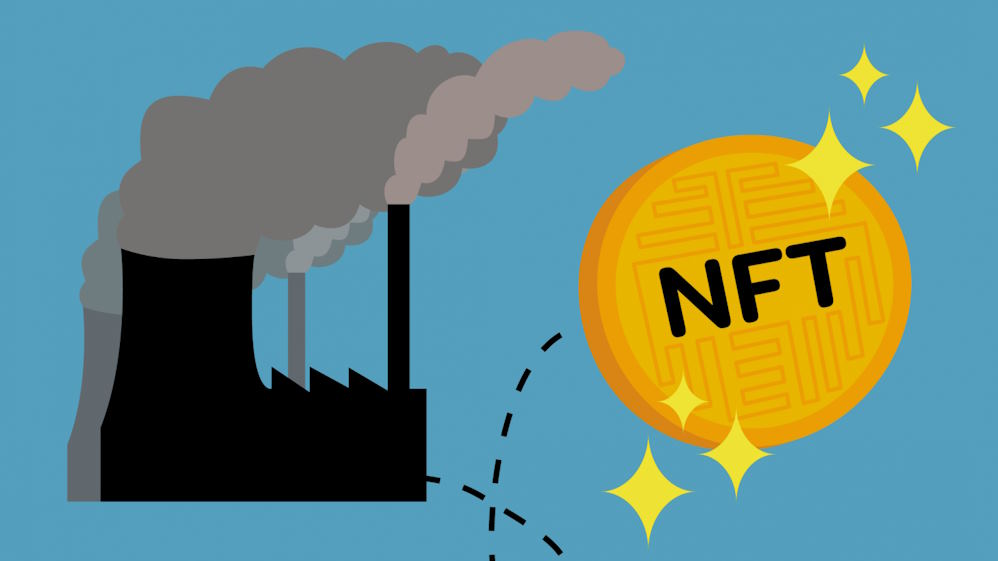As NFTs disrupt traditional notions of ownership and enable artists and creators to monetize their digital works in unprecedented ways, they simultaneously cast a spotlight on the environmental implications of their proliferation. The rise of NFTs has ignited discussions about energy consumption, carbon emissions, and sustainability, prompting a critical examination of their role within the larger framework of global energy use.
Examining Environmental Concerns
- Misconceptions about NFTs and Energy Consumption:
Misinformation often clouds discussions surrounding NFTs and their impact on the environment. While it’s true that NFTs are associated with energy consumption, it’s crucial to disentangle myths from realities. NFTs, like any technology, require energy, but their role in broader energy consumption narratives requires a more nuanced understanding.
- Comparing NFT Energy Consumption to Other Industries:
To contextualize NFTs’ energy usage, a comparative analysis with traditional sectors is illuminating. Surprisingly, the energy consumption of NFTs is often dwarfed by industries like traditional art and banking, which rely on energy-intensive processes such as manufacturing and data centers. This comparison highlights the importance of assessing NFTs within the larger energy landscape.
- Identifying the Primary Contributor to NFTs’ Energy Footprint:
One of the driving forces behind NFTs’ energy consumption is the blockchain they operate on. Ethereum, a popular blockchain for NFTs, initially used a Proof of Work (PoW) mechanism, notorious for high energy use. However, Ethereum’s transition to Proof of Stake (PoS) is a pivotal development. PoS drastically reduces energy needs by eliminating resource-intensive mining processes.
Debunking Myths Surrounding NFTs and the Environment
- Myth: NFTs are Solely Responsible for Climate Change:
One common misconception associates NFTs with the entirety of climate change. However, it’s important to recognize that energy consumption is a multifaceted issue with various contributors. NFTs are just a small part of the overall energy consumption landscape, and focusing solely on them oversimplifies the complex web of factors influencing our environment.
- Myth: NFTs Have No Intrinsic Value, Making Their Impact Unjustifiable:
The notion that NFTs lack intrinsic value overlooks the fundamental shift they bring to the concept of ownership. NFTs provide digital creators with the ability to monetize their work and establish a direct connection with their audience. This newfound value extends beyond the token itself, as it empowers creators and redefines ownership in the digital age.
- Myth: The Carbon Footprint of NFTs is Irreversible:
While concerns about NFTs’ carbon footprint are valid, portraying their impact as irreversible undermines the innovative strides being taken to address environmental issues. The NFT community is actively seeking solutions to reduce their carbon footprint. Initiatives like carbon offset programs and blockchain upgrades to more eco-friendly mechanisms demonstrate a commitment to mitigating the environmental impact of NFTs.
Balancing Innovation and Environmental Responsibility
- Acknowledging the Transformative Potential of NFTs Across Industries:
The transformative power of NFTs cannot be underestimated. They are reshaping industries by democratizing access to art, revolutionizing gaming economies, and even changing the way we view authenticity. Recognizing this potential underscores the importance of addressing environmental concerns without dismissing the immense value NFTs bring to the digital landscape.
- Importance of Collaboration Between NFT Platforms, Creators, and Environmental Experts:
Sustainable progress in the NFT space hinges on collaboration. NFT platforms, creators, and environmental experts must join forces to design a greener ecosystem. Platforms can adopt energy-efficient mechanisms, creators can explore sustainable creation methods, and experts can provide insights to guide these efforts. Through collective expertise, we can navigate the delicate balance between innovation and environmental preservation.
- Finding a Middle Ground Between NFT Innovation and Ecological Mindfulness:
The quest to balance innovation and environmental responsibility requires thoughtful decision-making. NFTs have the potential to lead us into a more digital, eco-conscious era. By embracing eco-friendly blockchains, exploring energy-efficient minting processes, and continually seeking sustainable solutions, we can pave a path towards NFT innovation that aligns with ecological mindfulness.





